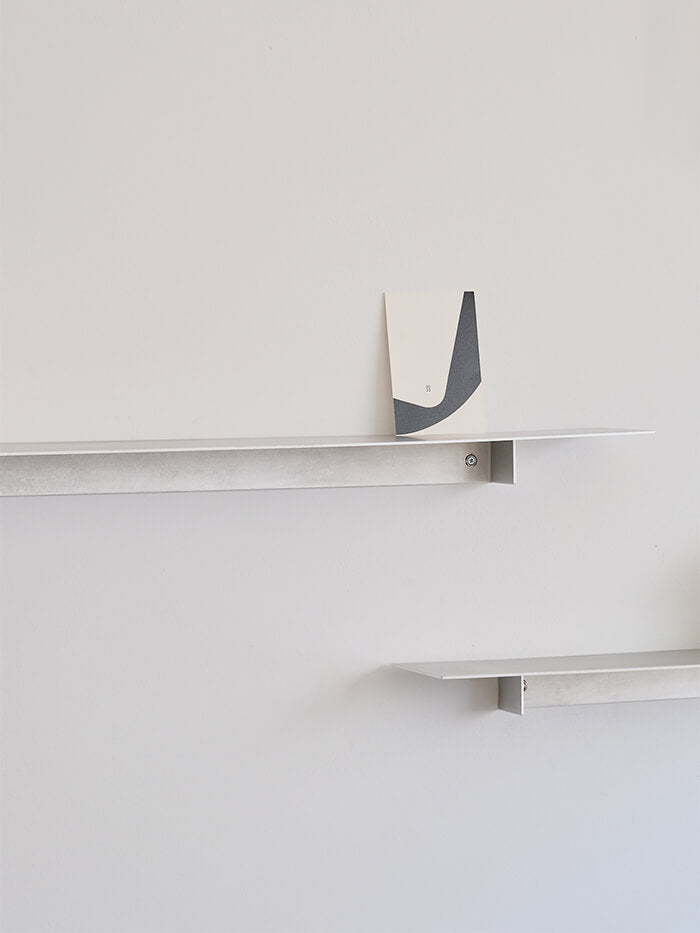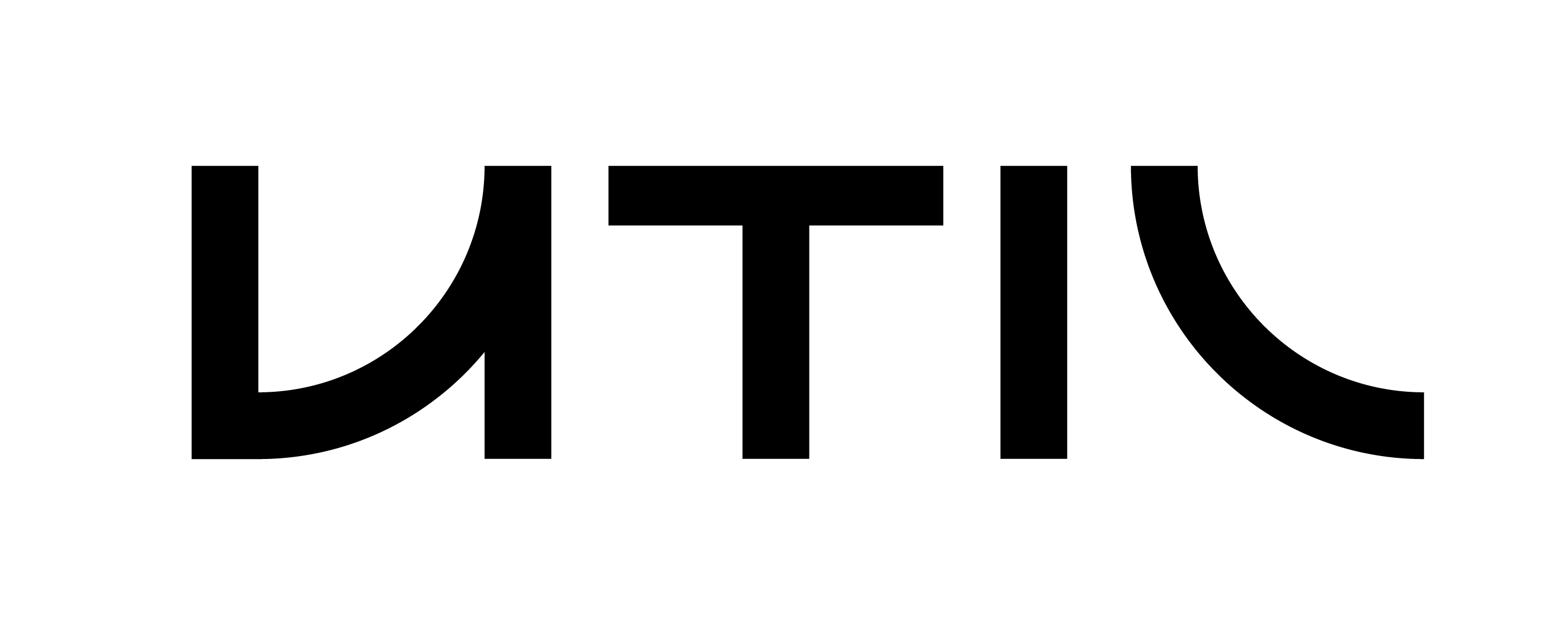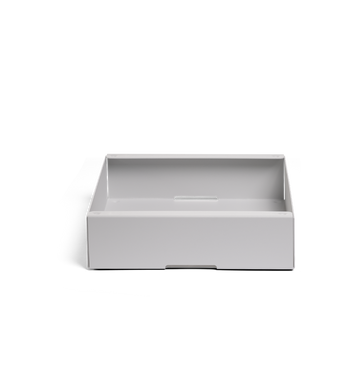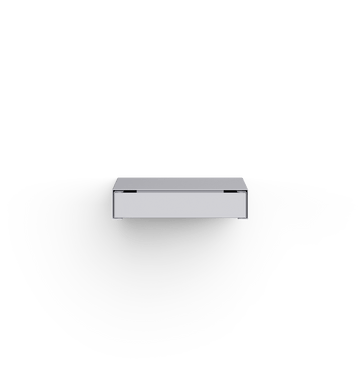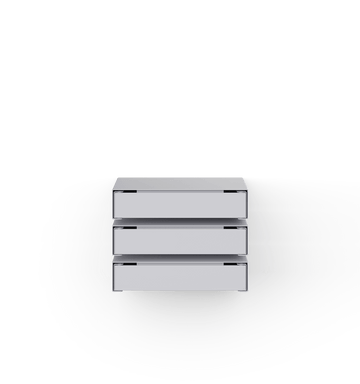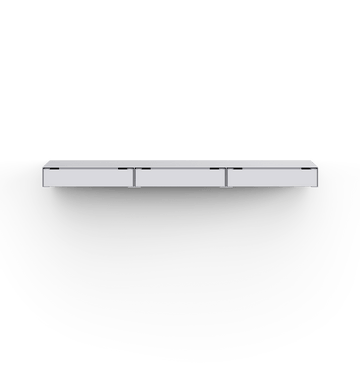Last month, we had the pleasure of hosting one of our longest-standing collaborators, Cesare Bizzotto and Tobias Nitsche from FROM INDUSTRIAL DESIGN, who travelled from Padua, Italy, to visit our showroom in Lisbon. We enjoyed good food, drinks, and conversations as we brainstormed new projects and future directions.
To provide you with more context, we held a brief interview to share the story of their studio, their background, and the unique story behind the Plié shelving system they created for us.

Can you introduce yourselves and share how you began working together?We're Cesare Bizzotto and Tobias Nitsche, founders of FROM INDUSTRIAL DESIGN. We studied together at ECAL in Switzerland, and it didn't take long before we began collaborating after graduating.
Is there anything unique about your background or where you're based now?
We're based in Padua, a city in northern Italy. After the Second World War, the region became filled with small and medium-sized factories, mostly family businesses specializing in a particular field. We like to look at the region as one big workshop where we find different possibilities to express our creativity in various ways. People in these companies also know that they are dealing with the design culture—when creating something, they know what they're doing, and we feel that it is appreciated to confront their tradition with a contemporary approach to designing new objects.
What does your studio stand for?
Our design studio is very closely linked to the industrial side of things. We love the whole process of understanding how to get products from sketch to serial production. What we do is take complex tasks and transform them into simple, user-friendly solutions. We embrace the creative possibilities that emerge from our industrial research, resulting in designs that are both functional and visually appealing. The way we see it, a designer has to be a translator of that complexity into something easy to comprehend and use. The final product is often the culmination of an intricate refinement process and an in-depth understanding of manufacturing systems.

Do these experiences influence your design process?
We could never stop at the sketchbook stage and not see the objects being materialised by other manufacturing specialists. We always try to find ways to develop from conversations with people working in factories and artisans. That way, we keep on learning and constantly enrich our toolbox of shapes, production methods or materials.
"We try to blend two worlds: the aesthetically driven output of a specific product and the deep understanding rooted in technical and production processes. They both come together to create a purposeful, well-designed object."
What was the design concept behind the Plié shelving system designed for UTIL?
The origin of the Plié shelving system comes with a bit of a personal story. We wanted to return the favour to a tax consultant who helped us when doing some first steps as a design company, and since he needed furniture for his new home, we agreed to pay him with a custom design for his living room. One hand washes the other. This piece of furniture was the first version of the Plié shelf made from solid wood beams and plywood.
We discovered a production method that allowed us to use very thin sides while still creating a stable structure. Collaborating with Manuel Amaral Netto, the creative director of UTIL, we eventually came up with the idea to use aluminium. The entire system is based on metal folding, and this simplicity was a great match at the time and still is. The result was a product that was easy to assemble and sophisticated in its details.
How did the prototype evolve?
We created various iterations after several trials and identified what worked best. We prioritized having as few elements as possible. The current design reflects that evolution; it is very lightweight and robust at the same time.7
It doesn't present itself as just a metal sheet; it creates a harmonious balance between lines and spaces.



That trait really messes with people's heads, the fact that it is robust and lightweight at the same time. We either get a bunch of questions about the weight, and then we have to show photos proving that the bookshelf can hold many books, or someone picking up a sideboard to show how light it actually is.
You highlighted that beautifully in a photo of someone carrying a surprisingly large shelf across their backyard. People are always surprised when they see that photo. They ask, 'Is it really that lightweight?'
We think it is a great solution for those who often move homes. It definitely caters to a younger demographic to whom mobility is key. And visually, it is intriguing that the walls are so thin. One would expect them to be thicker. This design choice creates a flux of horizontal and vertical lines as if they were structural beams. It all comes down to researching and experimenting with all the possibilities at our disposal.







Pictures by Manuel Amaral Netto
